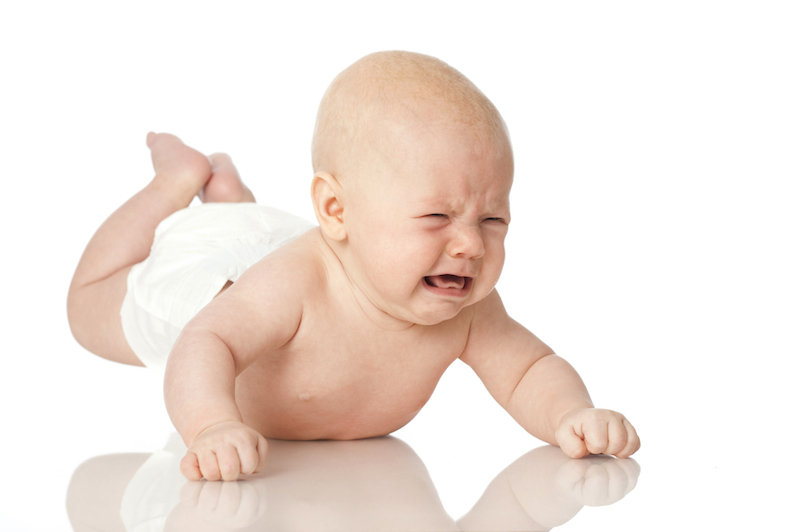UK and Canadian Infants Cry More Than US Newborns

It's a fact of life that newborns cry, but a new analysis of nearly 8,700 infants reveals that babies cry and fuss more in certain countries than in others.
The study looked at infants in eight countries: Denmark, Germany, Italy, the United Kingdom, Canada, the United States, Japan and the Netherlands. The lengthiest crying and fussing spells happened in the United Kingdom, Canada, Italy and the Netherlands, the researchers found. In contrast, babies in Denmark, Germany and Japan cried and fussed the least, the researchers said. Babies in Australia and the United States fell in between these extremes.
"Babies are already very different in how much they cry in the first weeks of life — there are large but normal variations," the study's lead researcher, Dieter Wolke, a professor of psychology at the University of Warwick in the United Kingdom, said in a statement.
It's unclear why babies in certain countries would cry more, on average, but cultural issues or parenting styles could be at play, Wolke said. "Other factors relating to pregnancy experiences or genetics" may also play a role, he said. [11 Facts Every Parent Should Know About Their Baby's Brain]
The meta-analysis included 28 studies, in which parents of 8,690 babies kept diaries of fussing, crying and colic during the infants' first three months of life. Colic is a condition that is diagnosed when a baby cries or fusses for more than 3 hours a day on at least three days a week, the researchers said.
On average, infants in the analysis cried for a total of about 2 hours each day during their first two weeks, the researchers found. Crying peaked at 6 weeks of age, when babies cried for an average of 2 hours and 15 minutes per day. By week 12, the crying had shortened to a total of about 1 hour and 10 minutes daily.
But crying lengths varied greatly from baby to baby, the study found. For instance, some babies cried for just 30 minutes a day, while others cried for more than 5 hours in a 24-hour period, the researchers said.
Sign up for the Live Science daily newsletter now
Get the world’s most fascinating discoveries delivered straight to your inbox.
The researchers found that the highest rates of colic occurred in different countries depending on the babies' ages. For example, among 1- to 2-week-old babies, the colic rate was the highest in the United Kingdom, with 28 percent of babies showing the condition, the researchers found. But among babies ages 3 weeks to 4 weeks, the highest rate was in Canada, where 34 percent had colic at that point. At ages 8 to 9 weeks, babies in Italy had the highest rate, with 21 percent. [25 Scientific Tips For Raising Happy (& Healthy) Kids]
Meanwhile, the countries with lowest colic rates at 3 to 4 weeks were Denmark and Germany, with rates of 5.5 percent and 7 percent, respectively, the researchers said.
The reasons for the differences among the countries are not clear, the researchers said. But the new data — the first universal chart on how much babies cry in different countries — could help both parents and pediatricians, the researchers said.
For example, feeding methods were linked to the length of baby crying jags, the scientists found. Babies who were either bottle-fed or both bottle-fed and breastfed tended to fuss and cry less at 3 weeks to 4 weeks of age and onward compared with babies who were solely breastfed, the researchers found.
"The new chart of normal fuss/cry amounts in babies across industrialized countries will help health professionals to reassure parents whether a baby is crying within the normal expected range in the first 3 months or shows excessive crying, which may require further evaluation and extra support for the parents," Wolke said.
The study was published online Monday (April 3) in the Journal of Pediatrics.
Original article on Live Science.

Laura is the archaeology and Life's Little Mysteries editor at Live Science. She also reports on general science, including paleontology. Her work has appeared in The New York Times, Scholastic, Popular Science and Spectrum, a site on autism research. She has won multiple awards from the Society of Professional Journalists and the Washington Newspaper Publishers Association for her reporting at a weekly newspaper near Seattle. Laura holds a bachelor's degree in English literature and psychology from Washington University in St. Louis and a master's degree in science writing from NYU.










